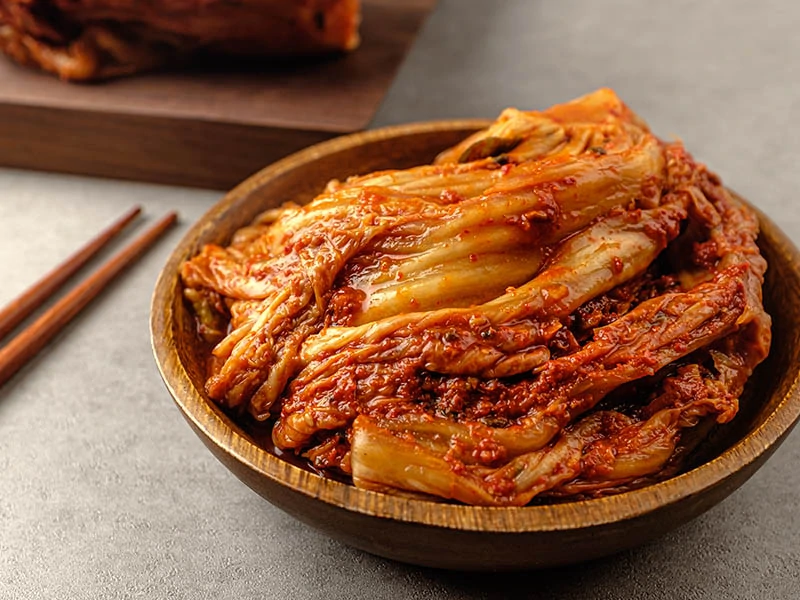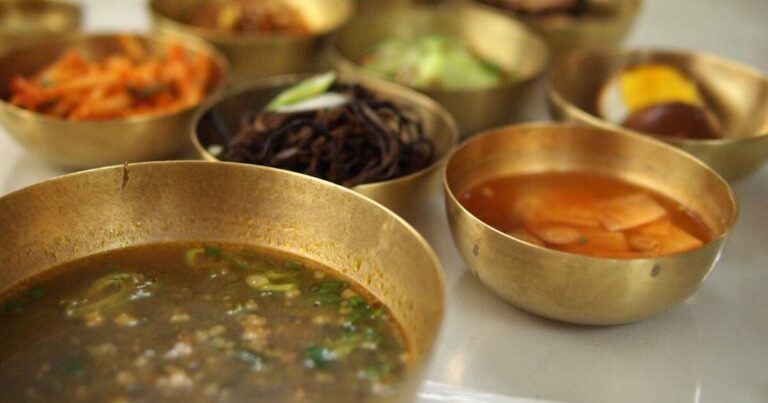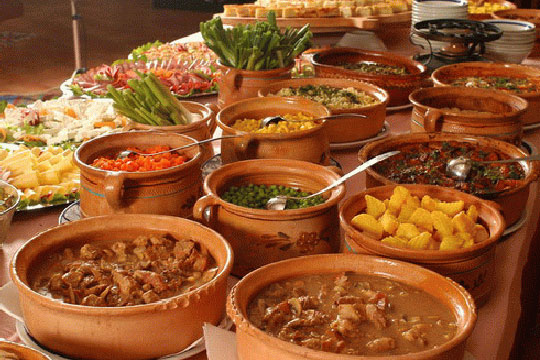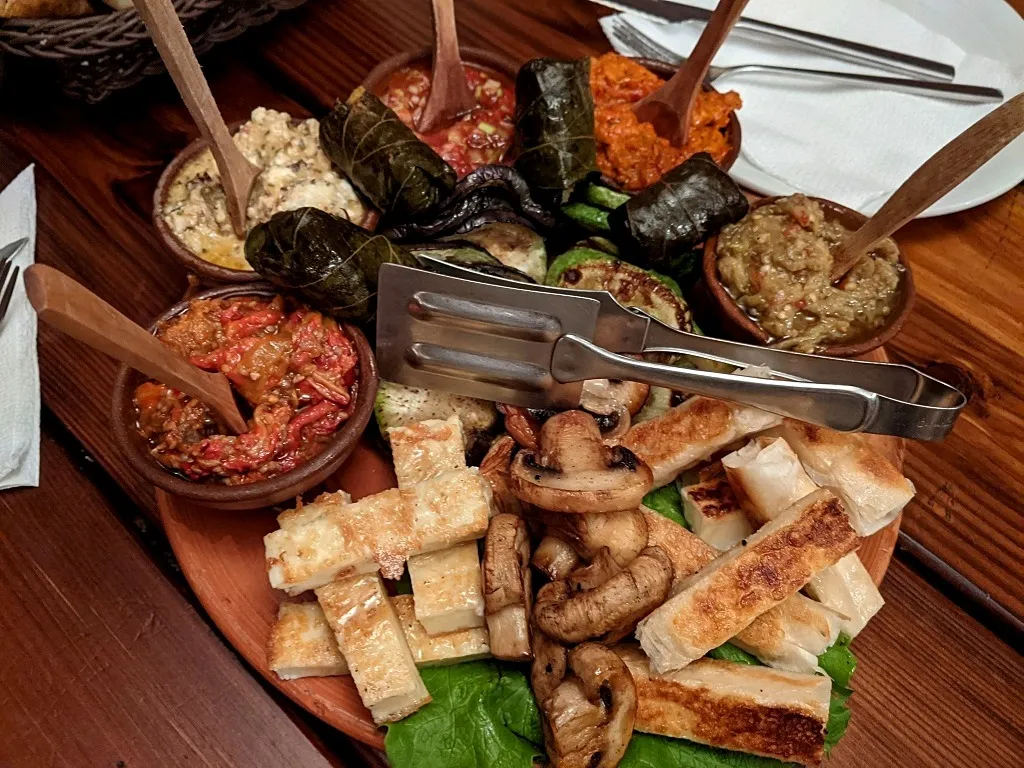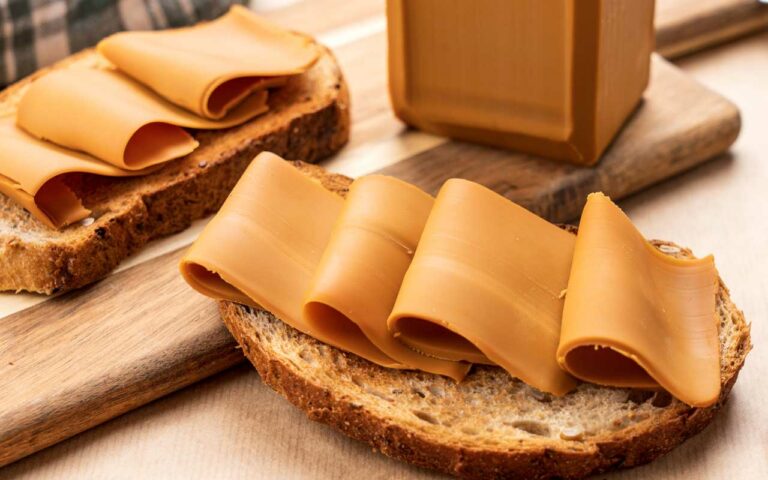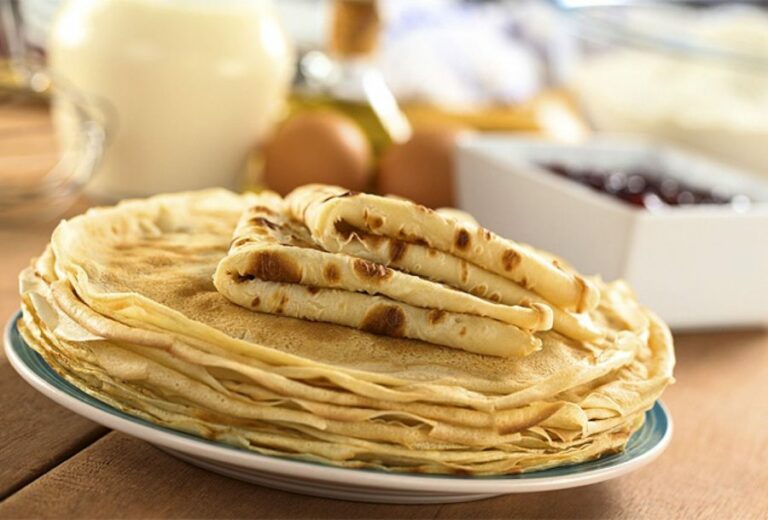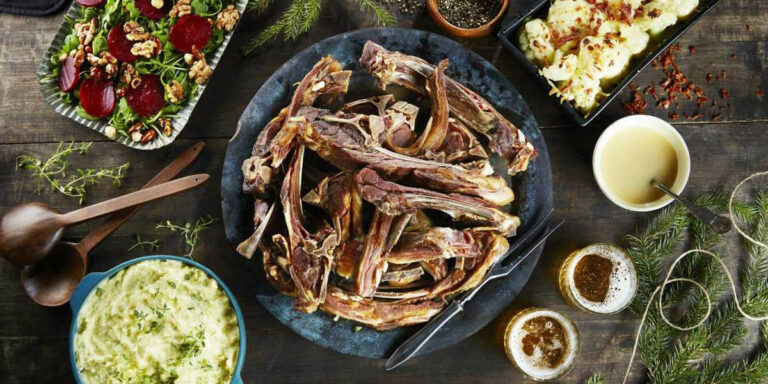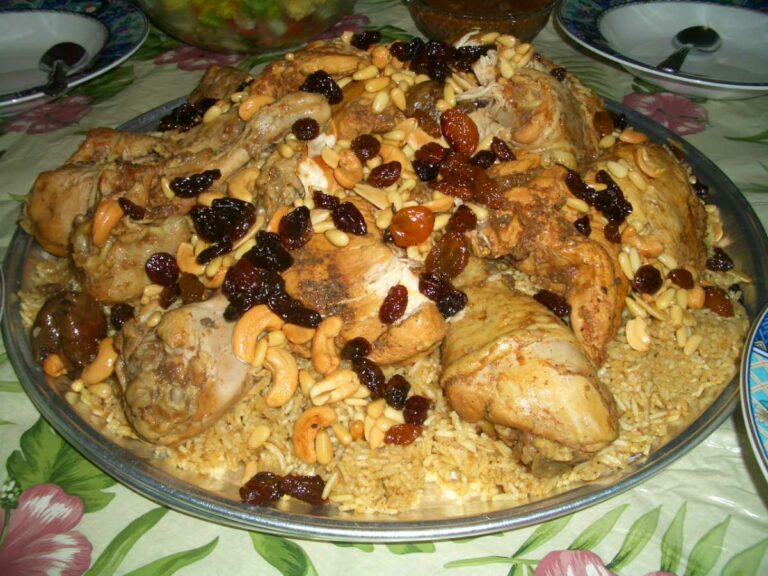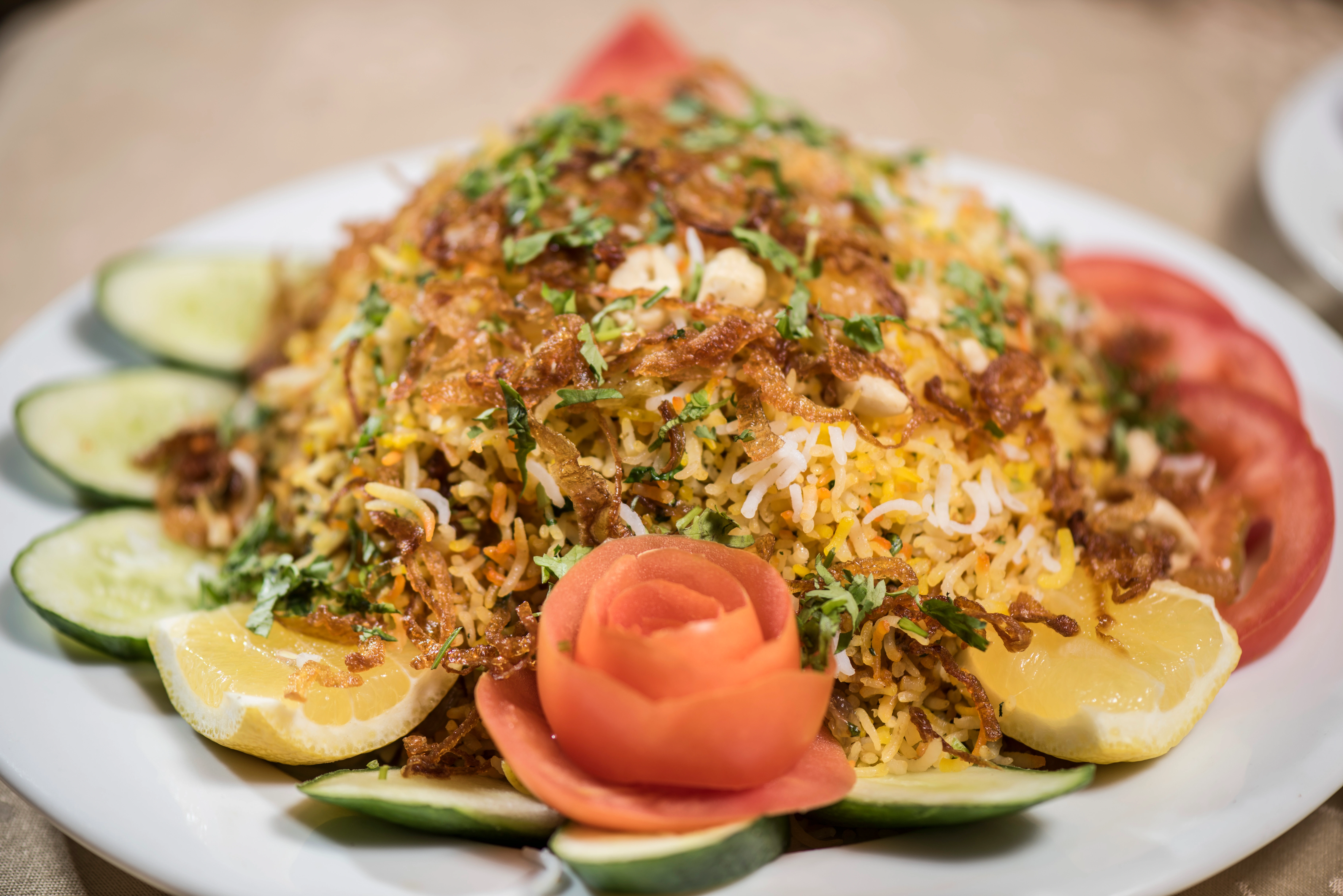Introduction: Understanding North Korea’s Food Culture
North Korea is a mysterious country that has been isolated from the rest of the world for decades. Its food culture is just as enigmatic, as the country’s cuisine has not been widely explored or documented. North Korean cuisine is influenced by its geography, climate, and political history. The scarcity of resources and government control have also played a significant role in shaping the country’s food culture.
Traditional North Korean Dishes and Ingredients
North Korean cuisine is characterized by its simplicity and use of local ingredients. Rice is the staple food, and it is served with various side dishes made from vegetables, meat, and fish. Some of the most popular North Korean dishes include naengmyeon (cold buckwheat noodles), Pyongyang-style mul naengmyeon (pyongyang style cold noodle soup), and kimchi (fermented cabbage). Other ingredients commonly used in North Korean cooking include soy sauce, sesame oil, garlic, and red pepper paste.
Food Rations and Government Control
Food rations in North Korea are distributed by the government, and the amount of food each person receives is determined by their social class and occupation. The government controls the distribution of food, and access to food is limited for many citizens, particularly those living in rural areas. The lack of resources has led to a reliance on locally grown produce and foraging for wild foods.
Street Food and Restaurants in North Korea
Street food in North Korea is scarce, and it is mostly available in markets or near tourist attractions. Some of the popular street food items include hotteok (sweet pancakes filled with sugar and nuts), tteokbokki (spicy rice cakes), and sundae (blood sausage). Restaurants in North Korea are mostly state-run, and they serve traditional Korean dishes. However, access to restaurants is limited for most citizens due to the high cost of dining out.
Dining Etiquette and Customs in North Korea
North Koreans have a strict code of conduct when it comes to dining. It is customary to use chopsticks and a spoon, and it is considered impolite to waste food. Sharing food is also a common practice, and it is customary to pour drinks for others before pouring for oneself. Dining with superiors is seen as a sign of respect, and conversation topics are typically focused on the meal, family, and work.
Challenges and Opportunities for North Korean Cuisine
North Korean cuisine faces several challenges, including government control and a lack of resources. However, there are also opportunities for the country’s food culture to thrive. As North Korea opens up to the world, there is potential for its cuisine to become more widely recognized and appreciated. Additionally, there has been an increase in tourism to the country, which has led to the development of new restaurants and the promotion of traditional North Korean dishes.

